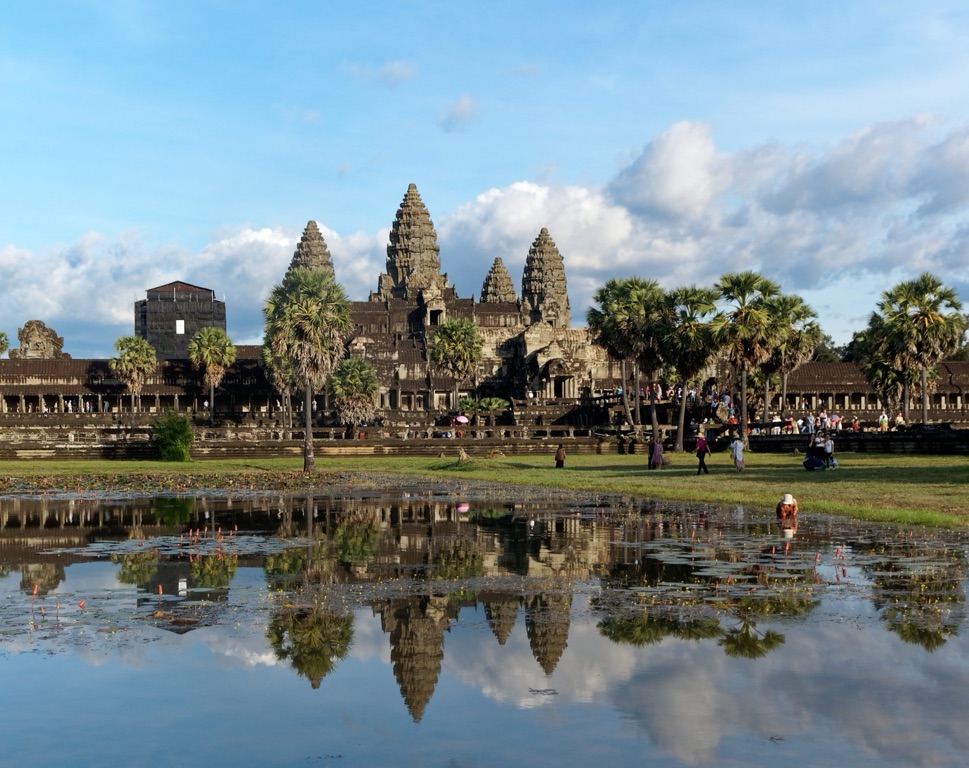Summary
The Historical Significance of Angkor Wat
Angkor Wat stands as a testament to the architectural mastery of the Khmer civilization. Located in Cambodia, this temple complex was originally built in the early 12th century. Its purpose was as a Hindu temple dedicated to Vishnu. Later, it transformed into a Buddhist site. Angkor Wat’s structure reflects the height of Khmer art and culture. This makes it vital to human history. It draws visitors from all over the globe. The temple’s intricate carvings and grand scale tell a story of religious devotion and power. They span over centuries. Today, Angkor Wat is not just a relic. It’s a symbol of national pride for Cambodia. Its towers rise majestically. Moreover, its extensive bas-reliefs continue to amaze the world.
Get your dose of History via Email
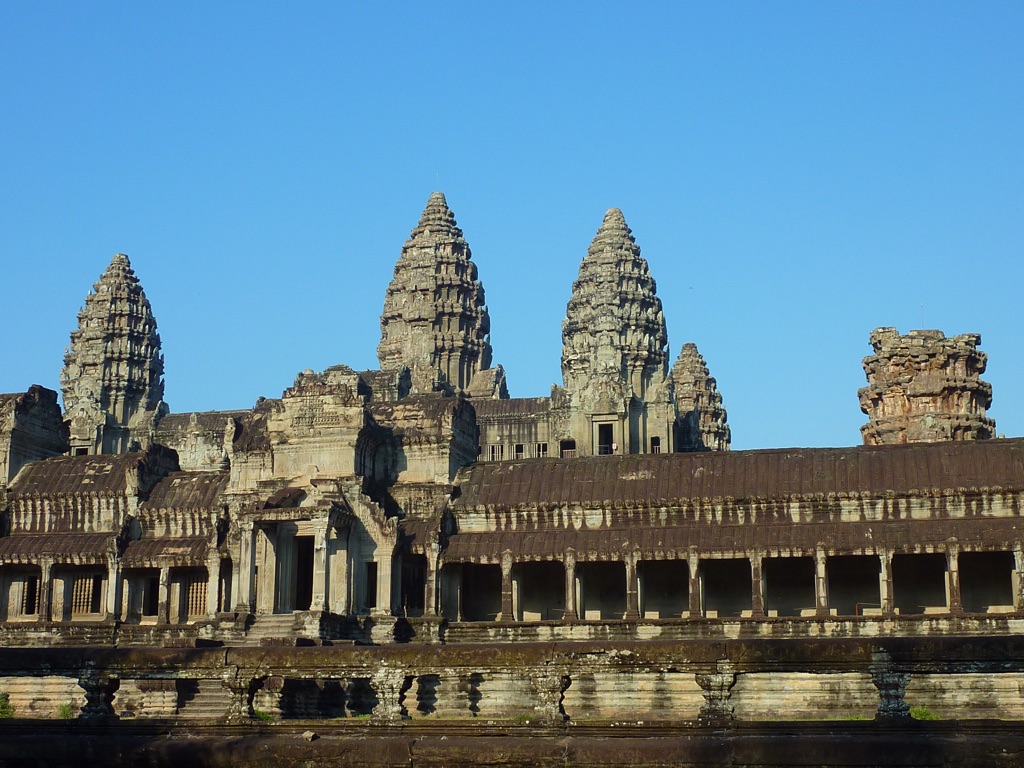
Angkor Wat’s Architectural Grandeur
Angkor Wat is an architectural marvel, featuring key elements of Khmer construction. Its design includes a moat, towers, and concentric galleries. The temple sits at the center of a 500-acre site. It’s enclosed by a wide moat and a massive outer wall. The five central towers mimic the shape of lotus buds. They are connected by a network of covered galleries. These are lined with thousands of detailed apsara carvings. They are celestial dancers. The central tower represents Mount Meru. It’s believed to be the home of the gods in Hindu mythology. The temple’s symmetry and proportions showcase an advanced understanding of mathematics and engineering. They embody the divine order of the universe.
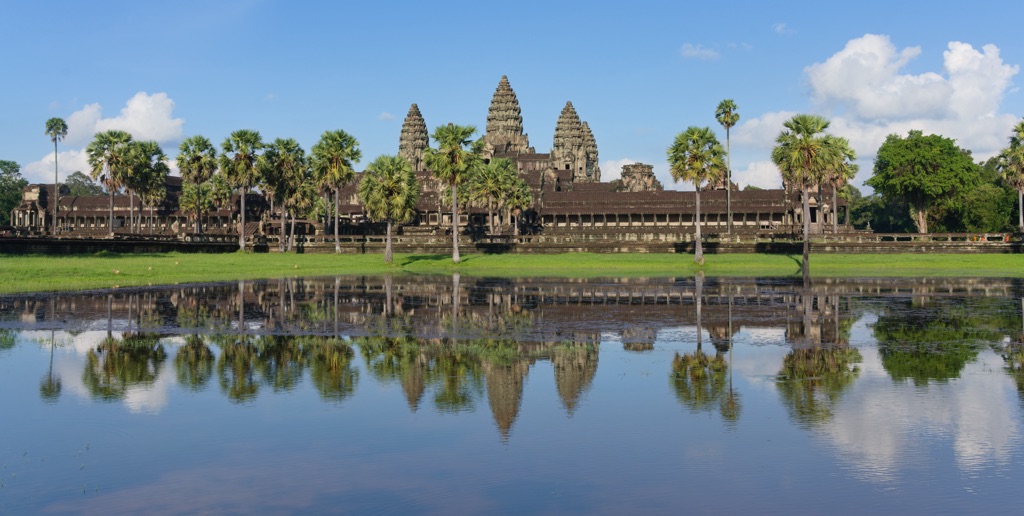
Angkor Wat Today: Preservation and Tourism
Today, Angkor Wat has become a symbol of Cambodia’s resilience and rich history. It’s also a UNESCO World Heritage site. Efforts are ongoing to preserve its structures and the surrounding jungle. The balance between conservation and tourism is delicate. It’s also essential. Angkor Wat continues to inspire researchers and travelers alike. There are challenges, like managing the impact of visitors while keeping the monument safe. But, through sustainable tourism, Angkor Wat will remain a source of wonder and learning. Stakeholders from around the world collaborate to ensure future generations can experience its splendor.
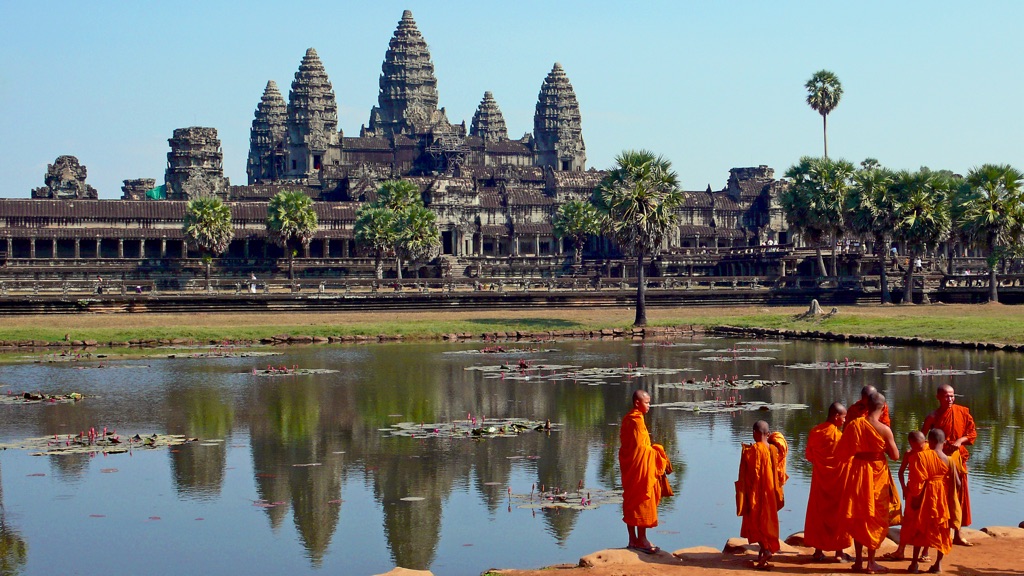
Historical Background of Angkor Wat in Cambodia
The Birth of a Masterpiece
Angkor Wat, a monumental tribute to the Hindu God Vishnu, emerged in the 12th century. Originally commissioned by King Suryavarman II, this temple symbolized the zenith of Khmer Empire’s power and religious faith. Situated in the heart of Cambodia, its magnificence overshadows older state temples. The transition of the region’s faith from Hinduism to Buddhism didn’t diminish Angkor Wat’s importance. In fact, it seamlessly adopted Buddhist worship without losing its Hindu roots, becoming a blend of two cultures and religions. This timelessness shapes its historical significance today.
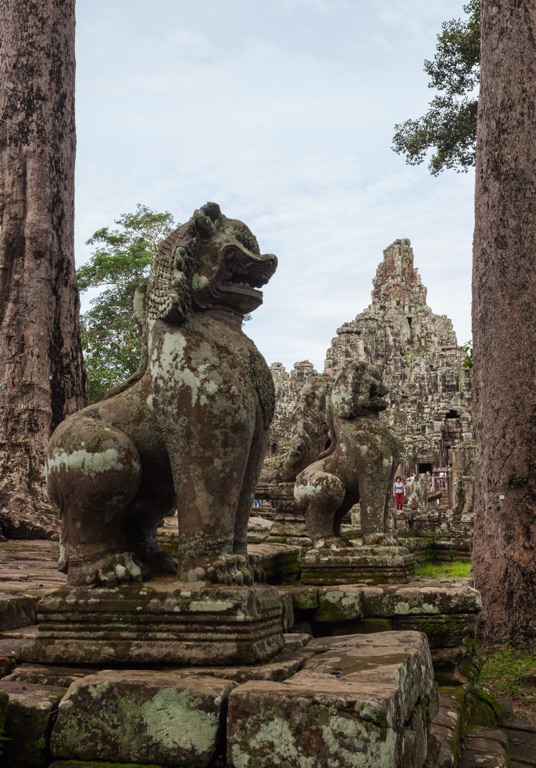
Architectural Innovation and Symbolism
From a bird’s eye view, Angkor Wat resembles a lotus, a sacred symbol in both Hindu and Buddhist iconography. Its five central towers and concentric rectangles of moats and galleries mirror the cosmic world. They echo the Hindu mythological Mount Meru, believed to be the abode of the gods. The temple’s genius lies in its unique combination of architectural mastery and spiritual symbolism. Moreover, the precisely carved bas-reliefs depict Hindu epics and historical wars, offering a lens into the empire’s soul.
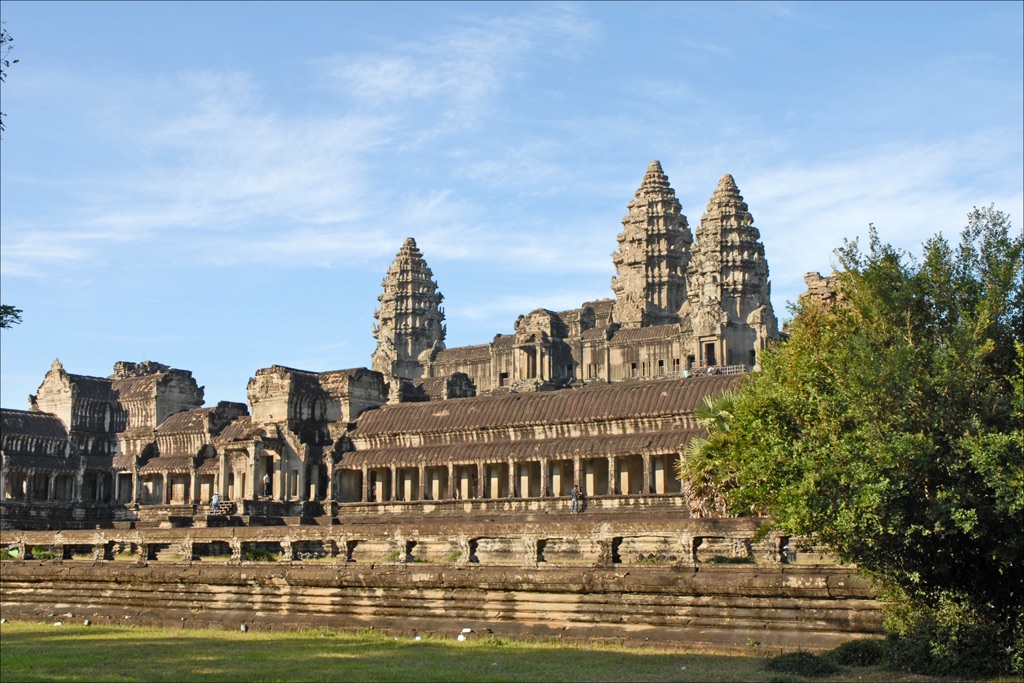
Decline and Rediscovery
By the 15th century, Angkor Wat had seen the rise and fall of kings and the shift of power from Angkor to Phnom Penh. Left to the clutches of nature, the temple complex lay cloaked in silence until the 19th century. French explorers, captivated by its grandeur, brought Angkor Wat to the world’s attention. Since then, it stands as a cherished archaeological site. Its resilience against time continues to intrigue historians and visitors alike, ensuring Angkor Wat’s legend endures.
Angkor Wat’s Global Significance
Today, Angkor Wat stands as a beacon of cultural identity for Cambodia, attaining recognition as a UNESCO World Heritage Site. It not only reflects the architectural acumen of the Khmer Empire but also prompts global conversations on heritage preservation. Tourists from all corners of the earth flock to witness its enduring majesty, keeping the stories of ancient kings and deities alive in a dance of stone and spirit.
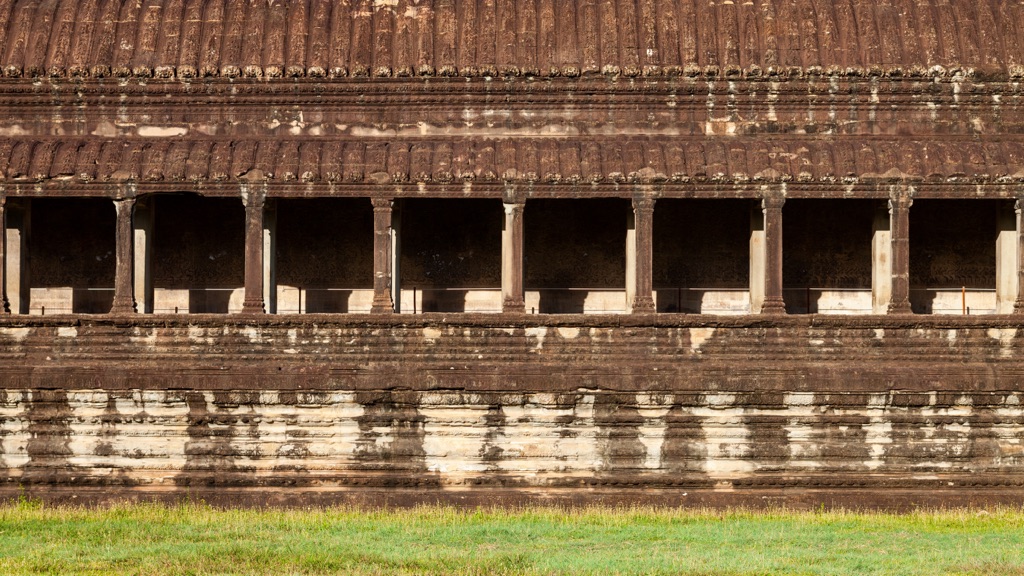
Preserving the Past
The future of Angkor Wat unfolds with a commitment to conservation and sustainable tourism. Challenges notwithstanding, the dedication to maintaining its structure and cultural legacy thrives. The temple complex serves as a living classroom, a touchstone to our past that urges us to safeguard our shared human story for the eons to come.
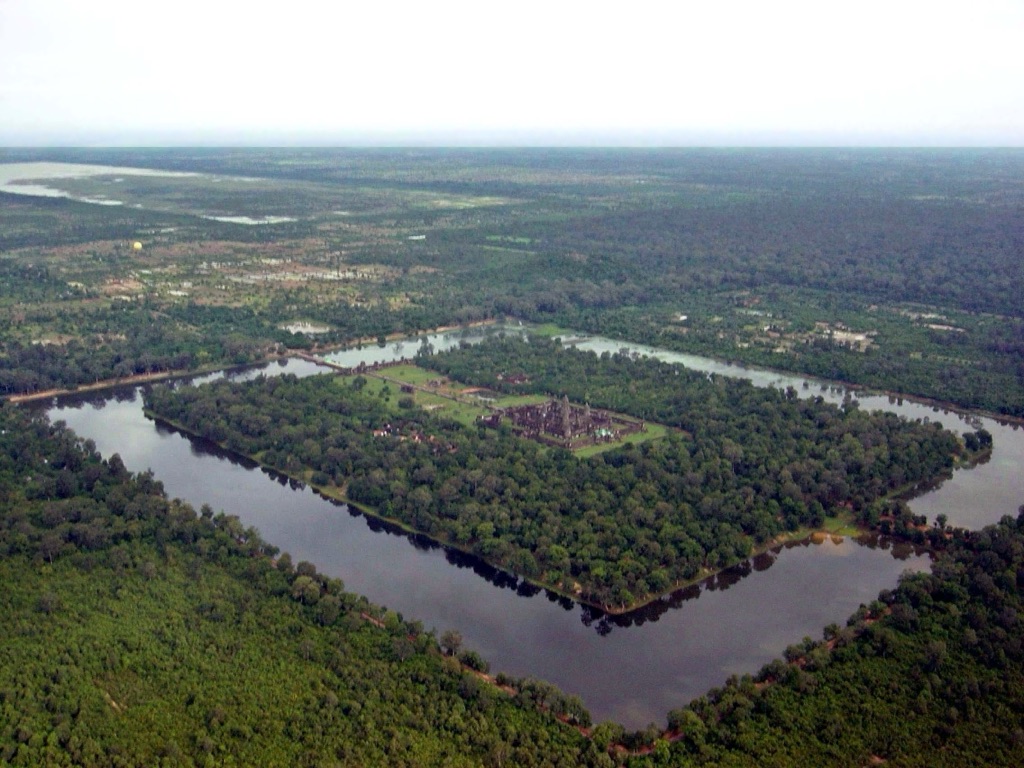
The Discovery of Angkor Wat in Cambodia
The Re-Emergence of a Lost Jewel
In the lush jungles of Cambodia, hidden for centuries, Angkor Wat lay dormant, its grandeur and history shrouded by the overgrowth of nature. It wasn’t until the mid-19th century that this concealed marvel began to reclaim its rightful place as a jewel in the crown of human achievements. The reintroduction of Angkor Wat to the world is often attributed to the French explorer Henri Mouhot, who encountered the temple in 1860 during his travels through Southeast Asia. His detailed journal entries and sketches brought Angkor Wat’s splendor to the Western world, inspiring awe and drawing international attention to the site. Despite the initial belief that Mouhot ‘discovered’ Angkor Wat, the monument was never truly lost to the local Khmer people who continued to visit and honor the site throughout the ages.
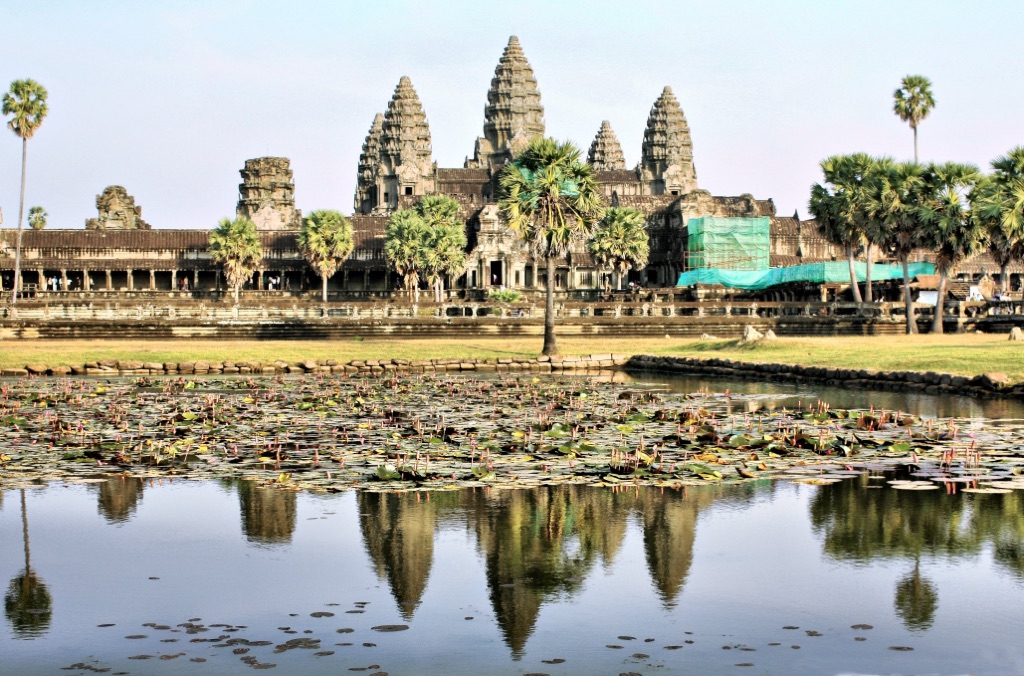
Henri Mouhot’s Expeditions
Henri Mouhot, a French naturalist and explorer, showcased his discovery through captivating writings and illustrations. His accounts conveyed a vivid picture of a mysterious temple complex intertwined with the roots of gigantic trees. Mouhot was enthralled by the impressive bas-reliefs and the sheer scale of the site. While his journals did not reach publication until after his death, the posthumous release in 1863 caused a sensation in Europe. Mouhot’s accounts of Angkor Wat sparked a fervor for Indochinese exploration and jumpstarted an era of archaeological fervor in the region. His tales painted Angkor Wat as an Eastern counterpart to the grand ruins of Rome and Greece.
Angkor Wat’s Ancient Roots Unveiled
The rediscovery of Angkor Wat served as a milestone in unraveling the complex history of the Khmer civilization. Alongside the rich narrative that Mouhot began, subsequent archaeological endeavors have deepened our understanding of the site. Researchers peeled back layers of history, revealing that Angkor Wat was just one part of a vast urban complex. The temple city was once the beating heart of a sprawling metropolis. Evidence suggested it was the largest pre-industrial city in the world, rich in culture, art, and architecture, underpinned by an advanced water management system crucial for its prosperity.

The Impact of Western Exposure
With Mouhot’s discovery acting as a catalyst, Angkor Wat experienced a renaissance that transcended Cambodian borders. The temple became emblematic of the French presence in Indochina. It also embodied the Western fascination with the exotic and the ancient. Restoration and conservation work led by the French during their occupation in Cambodia began to restore parts of the temple to their former glory. The allure of Angkor Wat spurred further scholarly investigations and heightened its appeal as a destination of archaeological and spiritual significance, marking it as a treasured historical site on a global scale.
Preservation and World Heritage
The culmination of Angkor Wat’s re-emergence from obscurity was its designation as a UNESCO World Heritage site in 1992. This recognition affirmed its exceptional value to humanity and necessitated concerted efforts to preserve its structures and legacy. Nowadays, the temple not only resonates with historical depth and monumentality but also stands as a testament to the triumphs of discovery, scholarship, and international cooperation in preserving our shared cultural heritage for future generations to cherish and learn from.
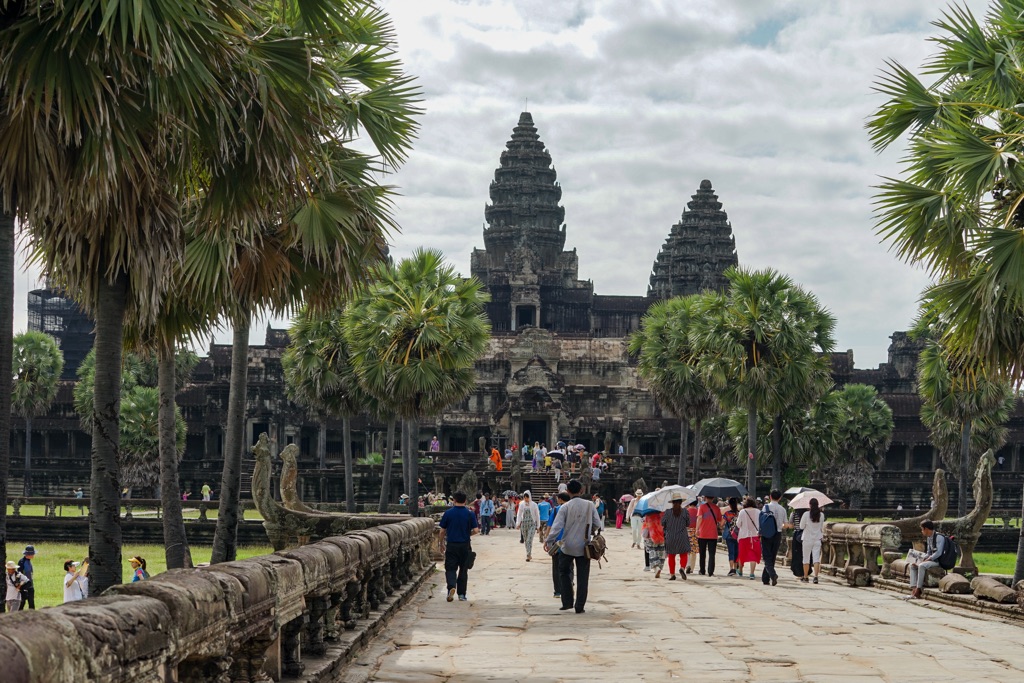
Cultural Significance, Dating methods, Theories and Interpretations
The Epicenter of Khmer Culture
Angkor Wat’s reflection pools mirror more than just the physical grandeur of its ornate stone towers—they mirror centuries of cultural evolution, religious transitions, and imperial history. As the centerpiece of the Angkor Archaeological Park, Angkor Wat stands as the largest religious monument in the world. Its significance extends beyond its vast size; it is a critical element of national identity for Cambodia, representing the pinnacle of Khmer architectural, religious, and artistic endeavors. The temple complex’s bas-reliefs and sculptures aren’t just stone carvings, they are narrations of Hindu mythology, Khmer warfare, and everyday life scenes—the tapestries of a civilization.
Unlocking Time: Dating the Stones of History
Archaeologists have relied on a range of techniques to date Angkor Wat, including stylistic analysis of the bas-reliefs and inscriptions, and examining architectural chronology. However, radiocarbon dating has provided more concrete evidence, suggesting the temple’s construction likely began around the first half of the 12th century. Aligning with the reign of King Suryavarman II, carbon dating of organic materials found in the temple grounds supports these historical timelines. This scientific approach has helped verify the era of Angkor Wat’s construction, providing a factual basis for understanding its historical context.
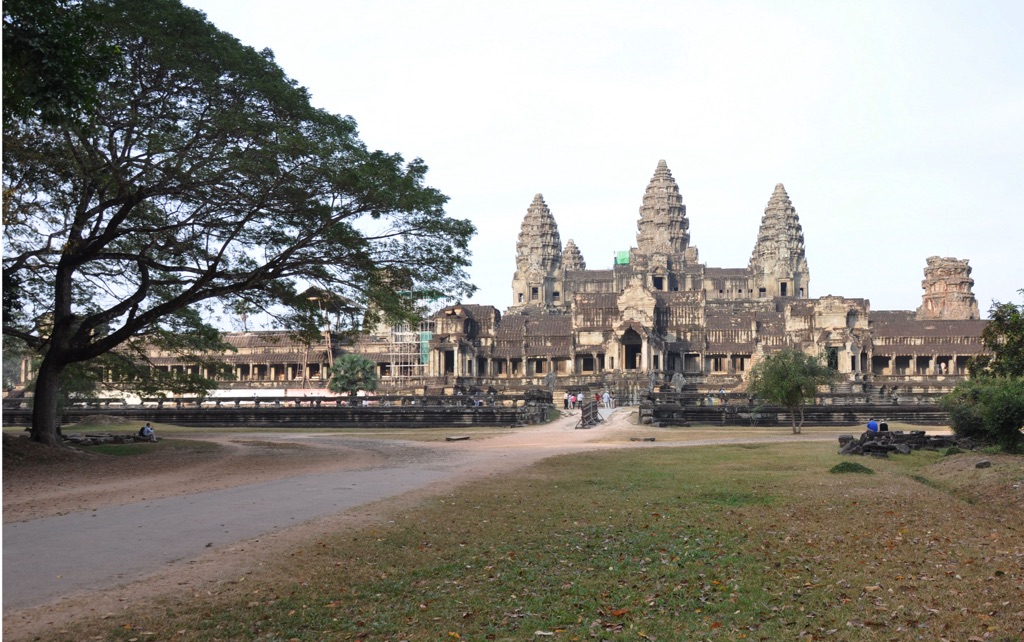
Theories and Mysteries of Construction
How the ancient Khmer engineers constructed Angkor Wat, particularly the transportation of the voluminous and weighty sandstone blocks over vast distances, remains an intriguing mystery. Some scholars propose that a sophisticated network of canals was used for transportation. Others highlight the potential use of elephants or wooden rollers. The exact methods, however, have remained elusive. These theories add a layer of mystique to Angkor Wat, sparking imaginations about the innovation and determination of its creators.
Cultural Interpretations and Symbolism
Scholars believe Angkor Wat’s unique westward orientation may symbolize a funerary purpose, a notion supported by the extensive motifs associated with death and the afterlife. Alternatively, some experts view the westward alignment as suggestive of Suryavarman II’s personal devotion to Vishnu, who is often associated with the west. The debate on its intended symbolism emphasizes the complexity of Angkor Wat’s design and its cultural underpinnings, inviting visitors and researchers alike to ponder its deeper meanings.
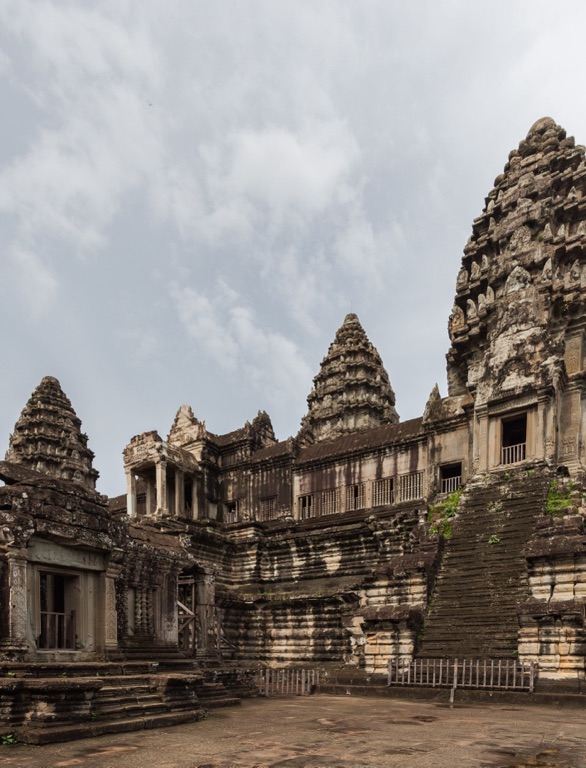
Angkor Wat in Today’s World
In modern times, Angkor Wat’s cultural significance is reinterpreted through the lens of global heritage and its role in sustainable tourism. As a focal point for cultural pride, ongoing research, and economic benefit, the temple plays a pivotal role in contemporary Cambodian society. Its continued study and preservation echo the importance of maintaining connections to our ancestral past while adapting to the future’s ever-changing landscape.
Conclusion and Sources
The exploration of Angkor Wat reveals a captivating historical narrative deeply embedded in the cultural fabric of Cambodia. From its origins in the 12th century as a Hindu temple to its intricate bas-reliefs and the vastness of its complex, Angkor Wat is more than an archaeological site; it is a symbol of a bygone era’s might and creativity. The mysteries of its construction, the scholarly debates on its symbolism, and the continuous efforts to preserve the site for future generations underline the intersection of past glories with present responsibilities. As Angkor Wat endures through the ages, it serves as a perpetual reminder of human ingenuity and the transcendent power of collective remembering.
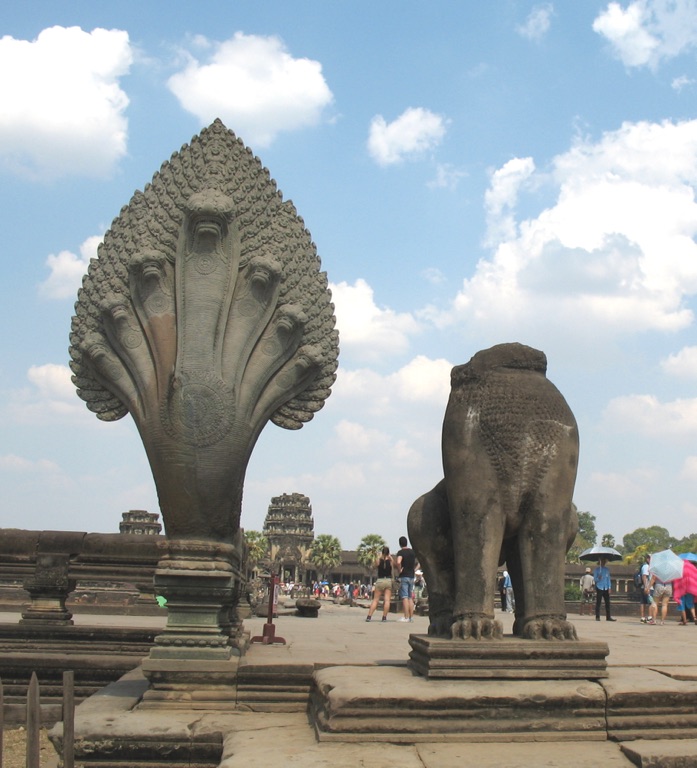
For further reading and to validate the information presented in this article, the following sources are recommended:
Or you can check any of these reputable archaeological and historical texts:
Freeman, M., Jacques, C. (2006). Ancient Angkor. River Books.
Higham, C. (2014). Early Mainland Southeast Asia. Bangkok: River Books Co., Ltd.
Stierlin, H. (1997). Angkor: Cambodia’s wondrous khmer temples. Taschen.
Coedès, G. (1968). The Indianized States of Southeast Asia. University of Hawaii Press.

